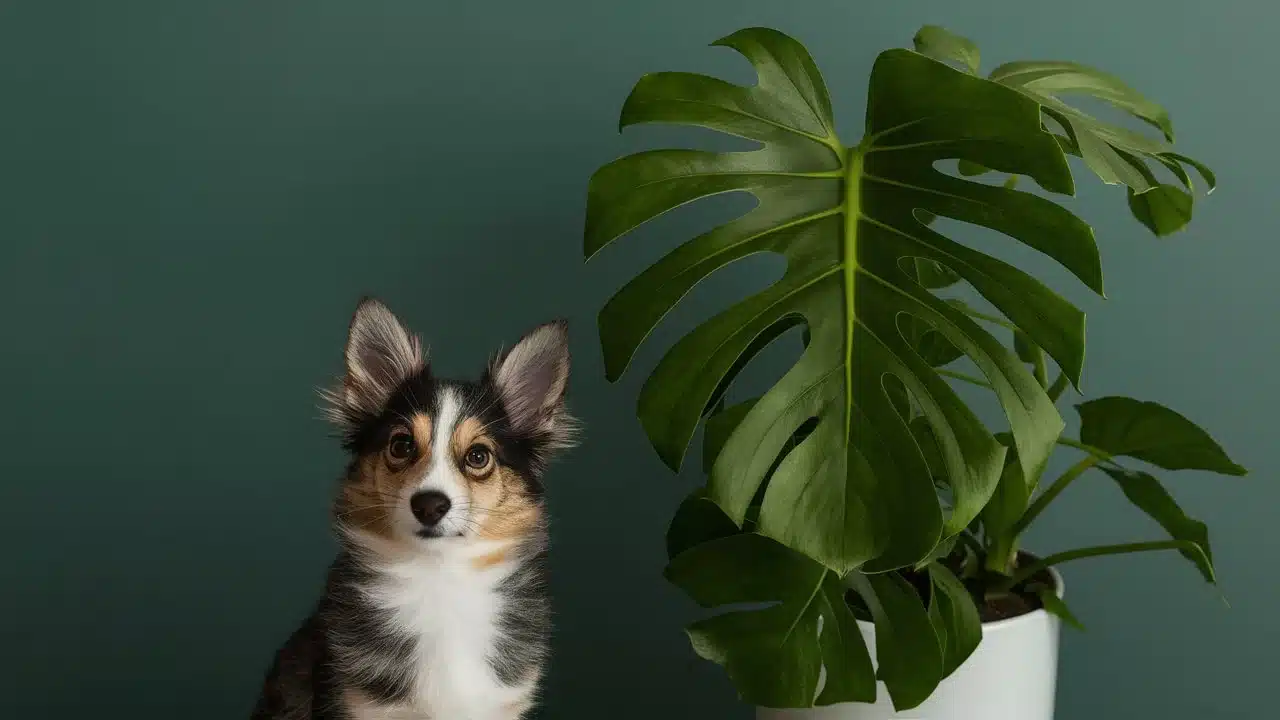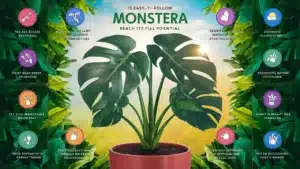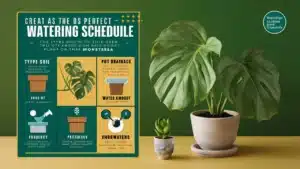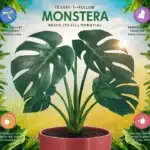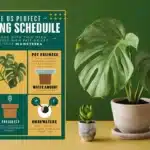Monstera plants have become a staple in homes due to their striking leaves and tropical vibe. However, for pet owners, there’s an important question that arises: Are Monstera plants toxic to cats and dogs? Understanding the toxicity of houseplants is crucial for ensuring the safety of your furry friends. In this article, we’ll delve deep into the facts about Monstera plants, their effects on pets, and how to keep your home safe.
Understanding Monstera Plant Toxicity

Monstera plants belong to the Araceae family, which is known for including several toxic species. The primary reason Monstera is considered toxic lies in the calcium oxalate crystals present in its leaves and stems. When chewed or ingested, these crystals can cause irritation and distress in pets.
What Makes Monstera Toxic?
The calcium oxalate crystals serve as a defense mechanism for the plant, deterring herbivores from consuming it. When a pet bites into a Monstera leaf, these sharp crystals can penetrate the mouth and gastrointestinal tract, leading to discomfort and various symptoms.
Compared to other popular houseplants, Monstera’s toxicity is moderate. While not all plants in this family are equally harmful, some, like philodendrons and pothos, contain similar compounds that can also affect pets.
Effects on Pets When Ingested
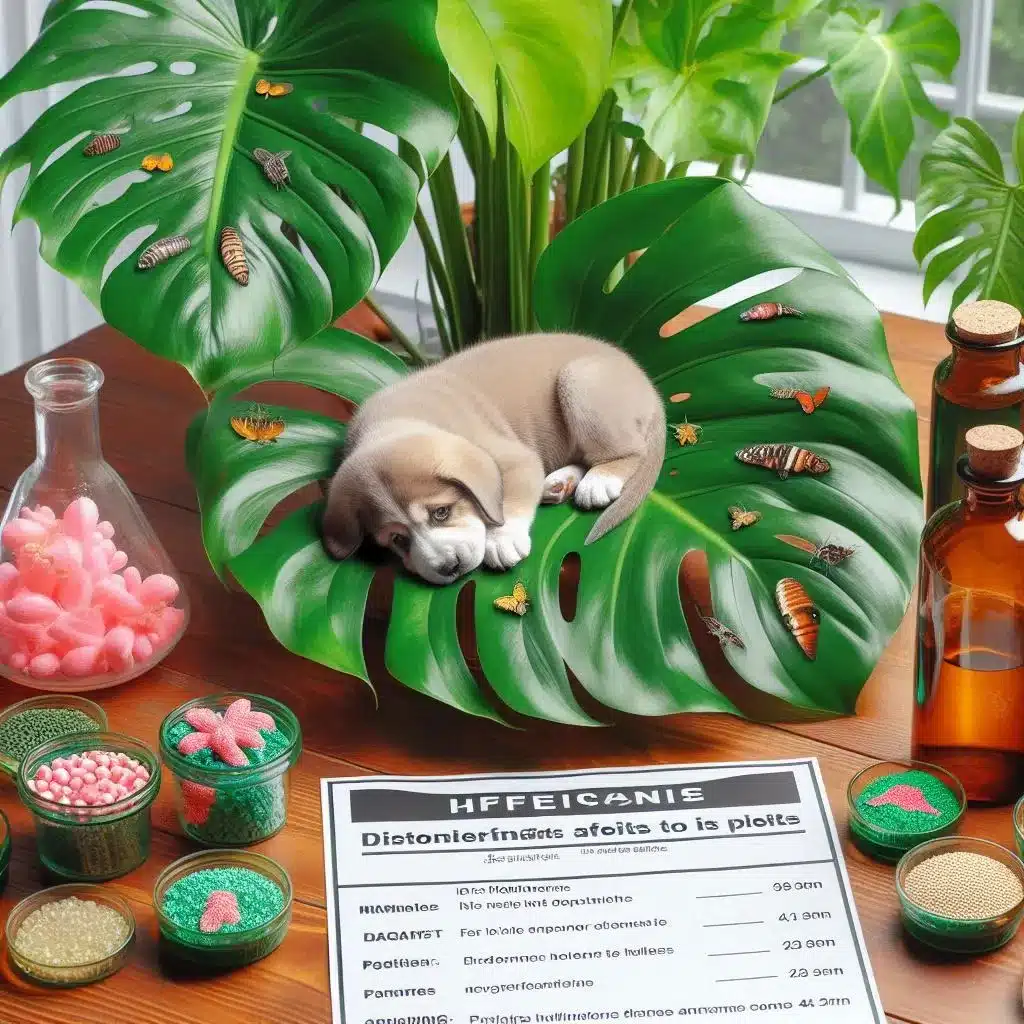
When a cat or dog ingests any part of a Monstera plant, the effects can range from mild irritation to severe distress. Here are the most common symptoms of Monstera poisoning:
Symptoms of Monstera Poisoning
- Drooling: Excessive salivation often occurs as a response to oral irritation.
- Vomiting: Pets may vomit as their bodies try to expel the toxic substance.
- Oral Irritation: Pets might show signs of discomfort, such as pawing at their mouths or refusing to eat.
- Difficulty Swallowing: In severe cases, pets might have trouble swallowing due to swelling in the throat.
- Gastrointestinal Upset: Diarrhea or abdominal pain can also manifest.
Severity of Symptoms
The severity of symptoms depends on several factors, including the size of the pet and the amount ingested. Small pets like cats are more likely to experience severe effects compared to larger dogs. It’s essential to monitor your pet closely if you suspect they’ve ingested part of a Monstera plant.
What Parts of the Monstera Plant Are Harmful?

Not all parts of the Monstera plant are equally dangerous, but certain areas pose a higher risk to pets.
Identifying Toxic Parts
- Leaves: The most toxic part of the Monstera plant. Ingesting the leaves can cause significant irritation.
- Stems: The stems also contain calcium oxalate crystals and can be harmful if chewed.
- Unripe Fruit: While ripe Monstera fruit is considered safe for humans, unripe fruit is toxic to pets and should be kept away from them.
Key Fact Table
| Part of Plant | Toxicity Level | Symptoms if Ingested |
| Leaves | High | Oral irritation, drooling, vomiting |
| Stems | Moderate | Abdominal pain, difficulty swallowing |
| Unripe Fruit | High | Gastrointestinal upset, lethargy |
Could My Dog or Cat Die from Monstera Poisoning?
While the toxicity of Monstera plants can lead to severe symptoms, fatalities are rare. However, it’s crucial to take ingestion seriously.
Assessing the Risk
- Small Amounts: Ingesting small quantities typically results in mild symptoms that resolve with time.
- Large Amounts: Consuming a significant amount can lead to more serious health issues, especially for smaller animals.
The risk of death is minimal with prompt treatment. However, always err on the side of caution and seek veterinary advice if your pet has ingested any part of a Monstera plant.
Treatment for Monstera Plant Toxicity
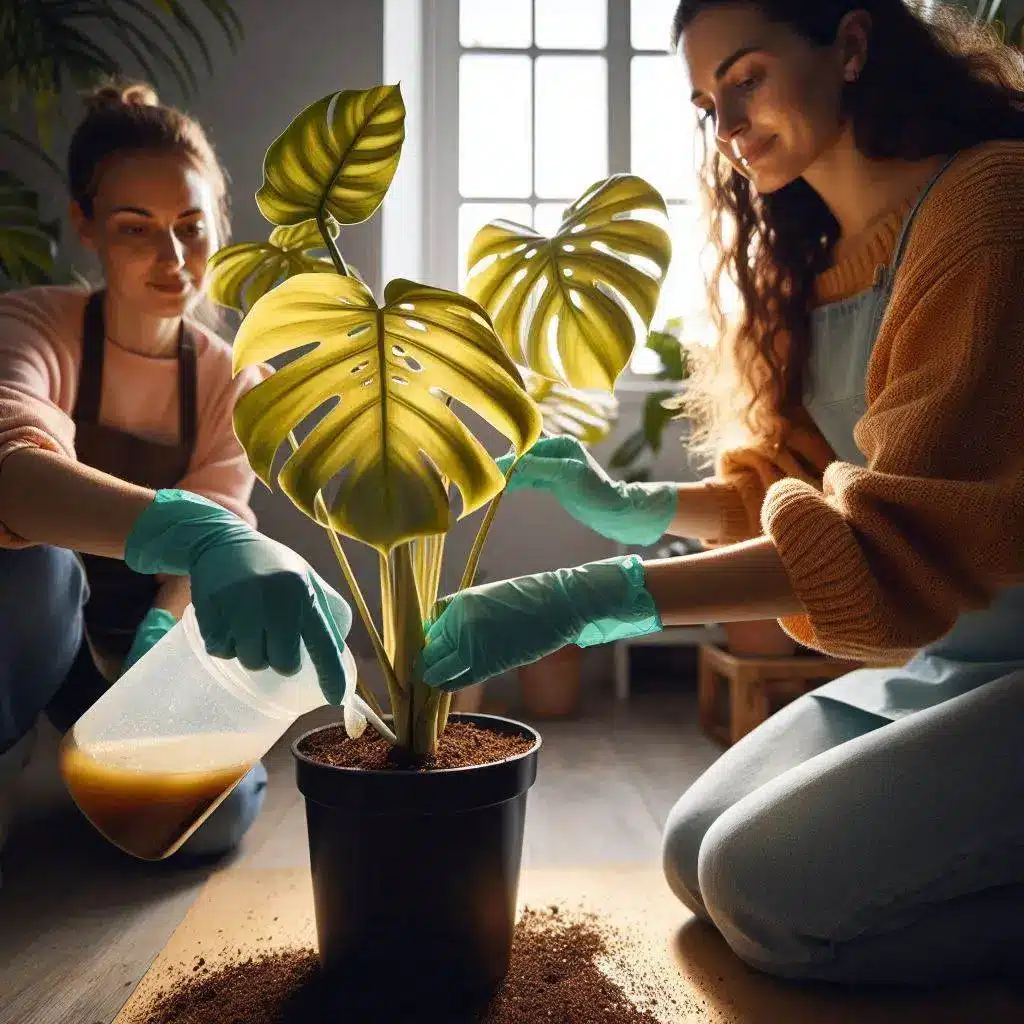
If you suspect your pet has ingested a Monstera plant, it’s vital to act quickly.
Immediate Actions to Take
- Remove the Plant: Ensure the plant is out of reach and any remaining plant matter is cleaned up.
- Assess Symptoms: Monitor your pet for signs of distress or discomfort.
- Contact a Veterinarian: Call your vet for guidance on the next steps, especially if symptoms are present.
Veterinary Treatments
Your veterinarian may recommend various treatments based on the severity of the symptoms:
- Inducing Vomiting: If ingestion was recent, your vet might induce vomiting to prevent further absorption of toxins.
- Activated Charcoal: Administering activated charcoal can help absorb toxins within the gastrointestinal tract.
- Supportive Care: In severe cases, hospitalization may be necessary for intravenous fluids and additional monitoring.
When to Contact a Veterinarian
Recognizing when to seek veterinary help is crucial in ensuring your pet’s safety.
Signs That Require Immediate Attention
- Persistent vomiting or diarrhea.
- Signs of severe discomfort (e.g., whining, pacing).
- Difficulty breathing or swallowing.
- Lethargy or unresponsiveness.
If you notice any of these symptoms, do not hesitate to contact your veterinarian. Quick action can make all the difference in treatment outcomes.
Pet-Proofing Your Home
Prevention is always the best strategy. Here are some effective ways to pet-proof your home against Monstera plants and other potentially toxic plants.
Strategies to Prevent Ingestion
- Choose Pet-Safe Plants: Consider non-toxic alternatives like spider plants, Boston ferns, or bamboo palms.
- Keep Plants Elevated: Use high shelves or hanging planters to keep Monstera plants out of reach.
- Educate Family Members: Make sure everyone in the household understands the potential risks and how to handle plants safely.
Using Deterrents to Keep Pets Away from Plants
Sometimes, pets need a little extra encouragement to stay away from houseplants. Here are some effective deterrent methods:
Effective Deterrent Methods
- Citrus Scents: Most pets dislike citrus. Spraying a mixture of water and lemon juice around the base of the plant can help deter them.
- Vinegar Solutions: Similarly, vinegar can be an effective natural deterrent, although the scent may be strong for humans too.
- Commercial Deterrents: Consider using pet-safe sprays designed to keep animals away from plants.
Create a Barrier
Creating a physical barrier can effectively protect your plants from curious pets.
Physical Barriers
- Plant Stands: Use elevated plant stands to keep Monstera plants out of reach.
- Fencing: Small decorative fences can prevent pets from accessing specific areas of your home or garden.
- Covers: If you have a particular plant that’s at risk, consider using protective covers when you’re not home.
Train Your Pet
Training your pet to avoid certain areas or objects can be beneficial in preventing accidents.
Behavioral Training Techniques
- Positive Reinforcement: Reward your pet with treats and praise when they choose not to approach the plants.
- Command Training: Teach commands like “leave it” or “no” to redirect their attention when they approach the plants.
- Consistency: Regular training sessions will reinforce the desired behavior.
Conclusion
In summary, while Monstera plants can add a beautiful touch to your home, they do pose a risk to pets. Understanding the toxicity of Monstera plants and recognizing the symptoms of poisoning can help you protect your furry friends.
Take proactive measures by pet-proofing your home and choosing safer plant alternatives. Should an incident occur, quick action and veterinary support can make a significant difference.
Remember, staying informed is key to creating a safe environment for your pets. If you have experiences or tips on pet safety around plants, feel free to share in the comments!
